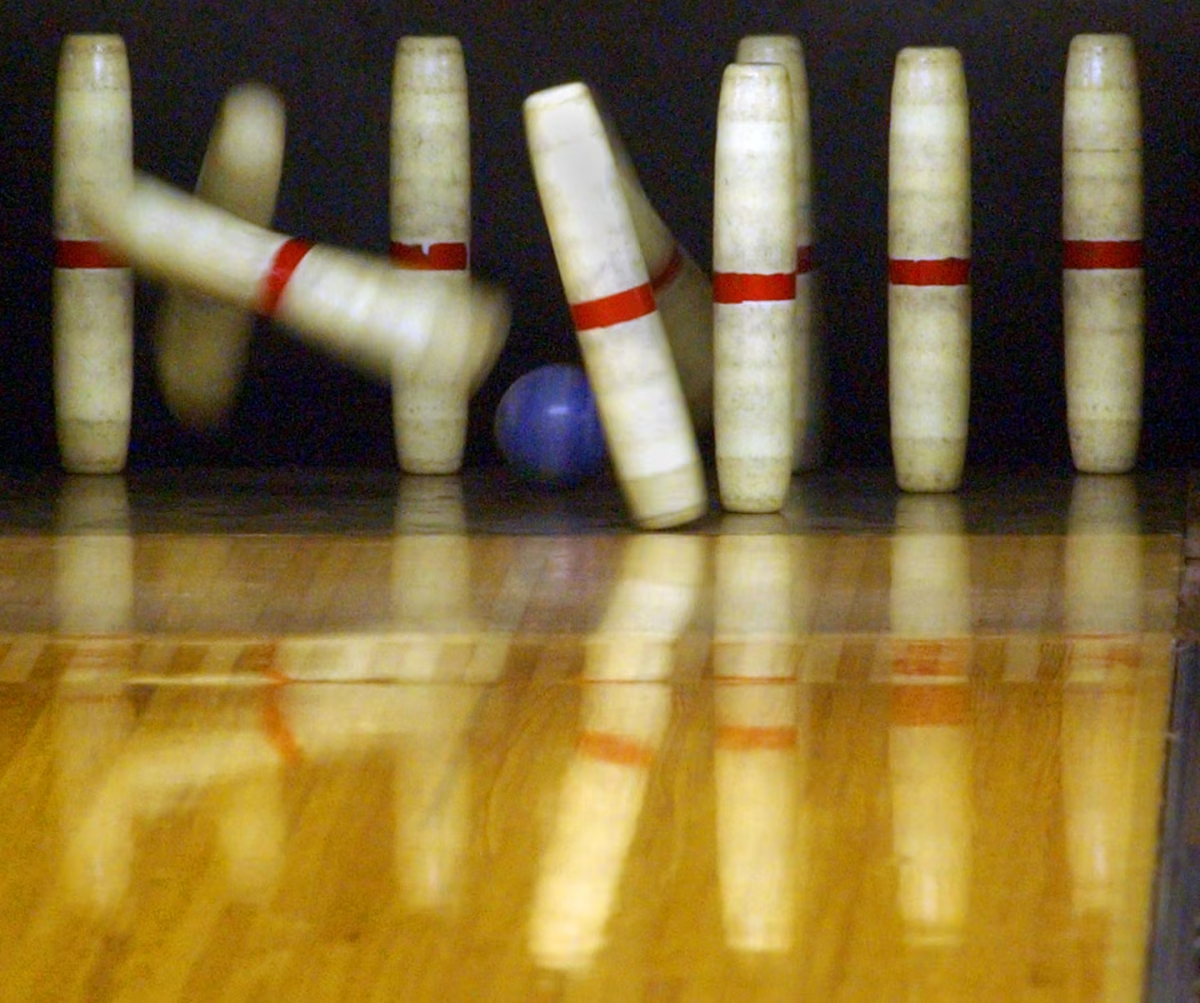
As the fall season begins to wind down and the buzz of the holiday season escalates, the freezing cold weather keeps most of us inside. Our time outside becomes limited, and many begin their winter hibernation.
For others, the cold weather does not seem to change daily routines, and only elicits a change in coats. But for the outdoor runners of the world, it hinders their day-to-day workout regimens.
Many people refer to outdoor running as a three-season sport, and will simply succumb to using the treadmill for the winter, but it doesn’t have to be this way. Winter does not have to stop you from running outside. In fact, running in the winter can be an encouraging challenge which will help you keep on your feet and avoid getting out of shape during the food-rich holiday season. Running outside is also a convenient exercise, especially if you lose access to a gym when you go home for the holidays.
One of the most important things to consider in the cold is dressing smart. The general rule of running in the cold is to dress as if it is 20 degrees warmer than it actually is. You definitely do not want to overdress because your body may actually run the risk of overheating. Remember that your body temperature will rise while you are running. When you first walk out the door you should feel a bit cold. If you feel warm, remove a layer.
Wearing moisture-wicking materials is often best to keep the heat in and the cold out. It is important to wear a hat and gloves, too. The majority of your body heat is lost through your head and hands. You can always take the gloves or hat off and shove them into a pocket or your waistband if you feel too warm.
It is also important to wear the right socks. Specific wool running socks that are warm and breathable are great to wear. You don’t want your feet to overheat, which is why breathable material is a must.
In conditions where the ground is slushy or slippery, make sure to wear sensible sneakers. Avoid wearing shoes with a lot of mesh material, as this tends to invite slush, so your feet will get wet. Also, make sure you have good traction on your shoes to avoid slipping on ice. Keep your eyes out for black ice.
You have to be aware while running. The risk of slipping can be one of the most dangerous parts about running during the winter. One good tip is to shorten your stride and keep your feet low to the ground. This will help you run more efficiently and decrease your risk of slipping. You will also get better traction if you choose to run on fresh patches of snow instead of compact snow or ice. Just be conscious of hidden cracks or holes that may be covered by the snow.
If you are running on a day where conditions are windy, you may want to begin by running into the wind, and finish with the wind at your back. This will keep you from getting a chill after you’ve broken a sweat. Also, remember that you should be less concerned with your speed and more focused on your stamina and duration during winter runs. Running too fast will increase your risk of slipping so take the season to improve your mileage and endurance.
Prior to beginning your run outside, it is a good idea to warm up inside. Stretch and move around to get the blood flowing. Your body takes extra time to warm up in the cold, so you may even want to start out your run with a quick walk or light jog. It could take 15-20 minutes for your body to fully warm up in the cold. You can speed up this process by rinsing off in a hot shower to warm your muscles or putting your clothes in the dryer to warm up before your run.
Hydration is a key factor in winter running as well. Many people falsely assume that since it is cold, they won’t get as thirsty, but this simply isn’t true. Be sure to stay hydrated before, after, and even during your run. If possible, try to bring a water bottle on your run with you, just be sure that it doesn’t freeze mid-run.
One cool winter-specific aspect about running outside is the scenery. A snow-covered landscape can be a beautiful sight. You can also change up your route to incorporate neighborhoods with holiday decorations. Running at night would be the best way to enjoy the lights and decorations, but just be sure to dress accordingly. If you plan to run at night, wear plenty of reflective gear, and even consider wearing a headlight or using a flashlight.
Don’t abandon outdoor running this winter, as it can be a truly unique experience. Consider signing up to run a race in the early spring so that you will be motivated to keep up your routine. Most importantly, don’t let the temptation of winter hibernation keep you from continuing to train.
Jessica Chaiken can be reached at [email protected].


















